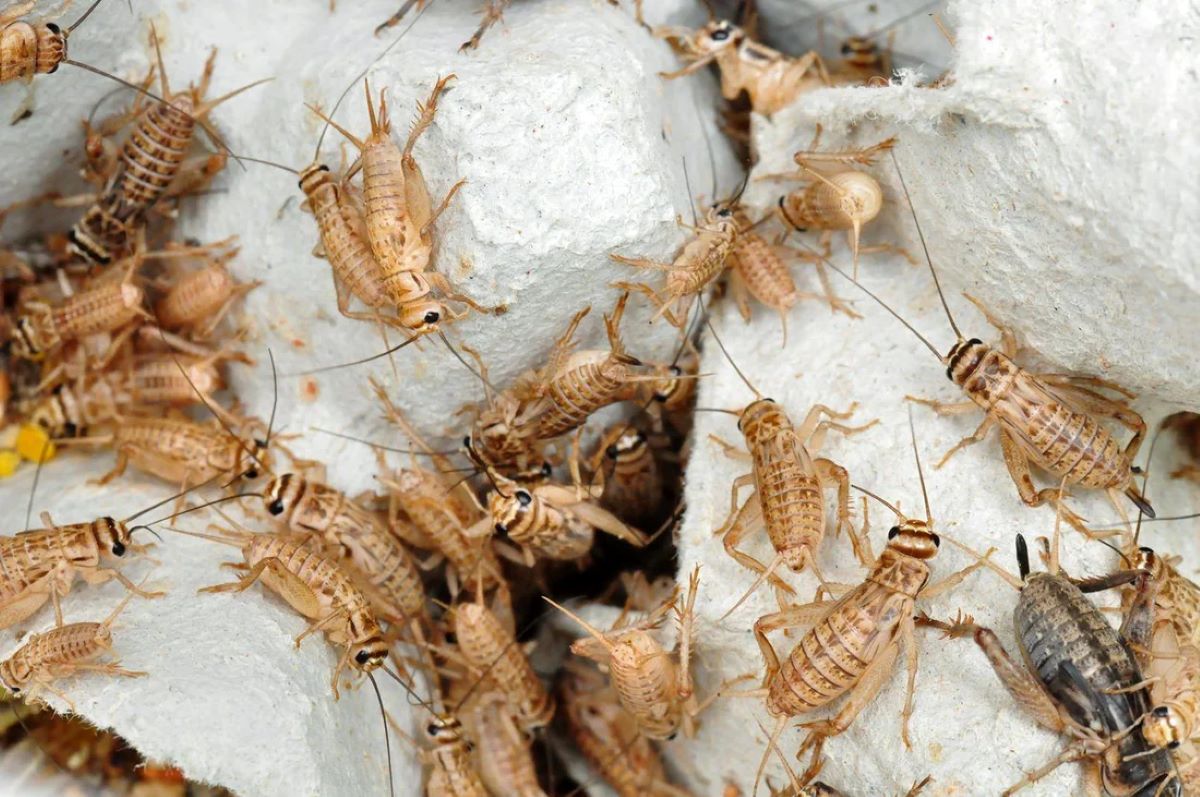

Articles
How To Store Crickets For Feeding
Modified: December 7, 2023
Learn the best techniques for storing crickets to ensure they remain healthy and fresh for feeding. Discover expert advice and tips in our comprehensive articles.
(Many of the links in this article redirect to a specific reviewed product. Your purchase of these products through affiliate links helps to generate commission for Storables.com, at no extra cost. Learn more)
Introduction
Welcome to the world of cricket storage! If you’re a reptile owner or have other insect-eating pets, you probably already know the importance of having a steady supply of live, healthy crickets on hand. However, buying crickets every time you need to feed your pets can be time-consuming and expensive. That’s why it’s helpful to learn how to store crickets yourself, ensuring you have a readily available and cost-effective supply.
In this article, we’ll explore the best practices for storing crickets for feeding. From choosing the right container to maintaining the ideal environment, we’ll cover everything you need to know to keep your crickets healthy and thriving until it’s mealtime.
Whether you’re a seasoned reptile enthusiast or a newbie to cricket storage, this article will provide you with valuable information to ensure you’re giving your pets the best quality food source. So, let’s dive in and learn how to become a cricket storage expert!
Key Takeaways:
- Storing crickets for feeding provides convenience, cost-effectiveness, and quality control, ensuring a reliable supply for your insect-eating pets.
- Choosing the right container, maintaining proper ventilation and humidity, and monitoring the health of crickets are essential for successful cricket storage.
Read more: How To Store Crickets
Why Do You Need to Store Crickets for Feeding?
Keeping a supply of live crickets on hand is essential for owners of reptiles, amphibians, and other insect-eating pets. However, there are several reasons why storing crickets is beneficial:
- Convenience: Buying crickets every time you need to feed your pets can be time-consuming and inconvenient, especially if your local pet store is far away or has limited stock. Storing crickets allows you to have a ready supply whenever you need them.
- Cost-effective: Purchasing crickets in bulk and storing them yourself can help you save money in the long run. Buying in larger quantities often comes with lower prices, and you can take advantage of sales or discounts.
- Availability: Sometimes, due to factors like seasonal availability or unexpected circumstances, it might be challenging to find crickets at your local pet store. By storing them yourself, you won’t have to worry about running out of food for your pets.
- Quality control: When you store crickets yourself, you have more control over their diet and living conditions. This allows you to ensure they are healthy and of high quality, providing optimal nutrition for your pets.
- Emergency preparedness: Having a supply of crickets on hand is especially beneficial during emergencies, such as extreme weather conditions or natural disasters, when it might be difficult to access pet stores.
By storing crickets for feeding, you can ensure a consistent and reliable food source for your insect-eating pets, making their care easier and more convenient for you. Now that we understand the importance of cricket storage, let’s delve into the next step: choosing the right container.
Choosing the Right Container
When it comes to storing crickets, selecting the appropriate container is crucial. The container you choose should provide a suitable environment for the crickets to thrive and should also be easy to maintain. Here are some factors to consider:
- Size: The size of the container will depend on the quantity of crickets you wish to store. Ensure that the container is spacious enough to accommodate the crickets comfortably, allowing for movement and minimal stress. A good rule of thumb is to provide at least 1 square inch of space per cricket.
- Material: Opt for a container made of sturdy and non-toxic material. Glass or plastic containers with smooth surfaces work well for cricket storage. Avoid containers with sharp edges or holes that crickets can get stuck in.
- Escape-proof: Crickets are excellent jumpers and climbers, so it’s crucial to choose a container with secure lids or covers to prevent them from escaping. Look for containers with tight-fitting lids or those designed specifically for cricket storage.
- Transparency: Having a transparent container allows you to easily monitor the crickets’ activity and health. It also lets you keep an eye on the food and water levels without frequently disturbing the crickets.
It’s also worth considering the scalability of the container. If you anticipate needing a larger quantity of crickets in the future, opting for a container with room for expansion will save you the hassle of transferring them to a new container later on.
Once you’ve selected the right container, it’s important to ensure proper ventilation and humidity control, which we’ll discuss in the next section.
Ventilation and Humidity Control
In order to provide a healthy environment for your stored crickets, proper ventilation and humidity control are essential. Both factors contribute to the overall well-being and longevity of the crickets. Here’s what you need to know:
Ventilation: Adequate ventilation helps maintain fresh air circulation and prevents the buildup of moisture and odors. It also helps regulate the temperature inside the container. You can achieve proper ventilation by:
- Using a container with small ventilation holes or mesh on the sides or lid.
- Ensuring that the ventilation holes are not too big, as this can lead to crickets escaping.
- Placing the container in a room with good air circulation, avoiding areas with excessive heat or humidity.
- Keeping the container away from direct sunlight, as excessive heat can be harmful to the crickets.
Humidity Control: Maintaining the appropriate humidity level is crucial for the well-being of crickets. Here’s how you can control humidity:
- Use a substrate that retains moisture, such as damp paper towels, sponge, or peat moss, at the bottom of the container. This provides some humidity for the crickets.
- Mist the substrate or a small portion of the container’s sides with water as needed to maintain a slightly humid environment. Be careful not to oversaturate the substrate, as excess moisture can lead to mold or fungal growth.
- Monitor the humidity level regularly using a hygrometer. The ideal humidity range for crickets is typically between 50-70%.
- Adjust the humidity level by adding or reducing moisture as necessary. This can be done by adding or removing moistened substrate or adjusting the frequency of misting.
Proper ventilation and humidity control create a comfortable and healthy environment for your crickets, promoting their well-being and ensuring their longevity. With the ventilation and humidity factors addressed, let’s move on to temperature control.
Temperature Control
Maintaining the right temperature is vital for the well-being and survival of your stored crickets. Crickets are ectothermic creatures, meaning their body temperature is regulated by their environment. Here are some important points to consider when it comes to temperature control:
- Optimal Temperature: The ideal temperature range for crickets is typically between 75-85°F (24-29°C).
- Avoid Extreme Temperatures: Crickets are sensitive to extreme temperatures, so it’s important to protect them from drafts, direct sunlight, and excessively high or low temperatures. Exposure to extreme temperatures can cause stress and even death.
- Heat Sources: If the room temperature doesn’t fall within the optimal range, you can use a heat source, such as a reptile heating pad or ceramic heat emitter, to maintain a consistent temperature. Place the heat source in proximity to the cricket container but ensure it is not in direct contact with it to prevent overheating.
- Thermometer: Use a reliable thermometer to regularly monitor the temperature inside the cricket storage container. This will help you ensure that the temperature remains within the appropriate range for the well-being of your crickets.
- Temperature maintenance: Maintain a stable temperature by keeping the cricket container away from areas with temperature fluctuations, such as near windows or heating/cooling vents.
By providing a suitable temperature range and avoiding extreme temperatures, you can ensure the overall health and vitality of your stored crickets. With temperature control covered, let’s move on to feeding the crickets.
Store crickets in a well-ventilated container with egg cartons for hiding spots. Keep them at around 70-75°F and provide food and water to keep them healthy until feeding time.
Read more: How To Store Feeder Crickets
Feeding the Crickets
Feeding your stored crickets a nutritious diet is essential for maintaining their health and ensuring they provide optimal nutrition for your insect-eating pets. Here are some guidelines for feeding your crickets:
- Feed Variety: Offer a diverse diet to provide a balanced nutritional profile for the crickets. This can include commercial cricket food, fresh fruits, vegetables, and high-quality dry pet food. Rotating the food options helps ensure the crickets receive a wide range of nutrients.
- Gut-Loading: Gut-loading is the practice of feeding nutritious food to crickets before feeding them to your pets. It enhances the nutritional value of the crickets, resulting in healthier prey for your animals. Gut-loading options can include dark leafy greens, carrots, and other vegetables rich in vitamins and minerals.
- Water Source: Provide a water source for your crickets to prevent dehydration. One option is to place a shallow dish with a sponge soaked in water inside the container. This allows the crickets to drink from the sponge without the risk of drowning. Another option is to use a commercially available water gel, which provides hydration while reducing the risk of drowning.
- Routine Feeding Schedule: Establish a feeding schedule to ensure the crickets receive regular meals. Typically, feeding them every two to three days is sufficient. Avoid overfeeding, as excess food can spoil and lead to unhealthy conditions within the container.
- Monitor Food Consumption: Keep an eye on the amount of food consumed by the crickets. This can help you gauge their activity level and health. If there’s consistently unconsumed food, consider adjusting the quantity to avoid unnecessary waste.
- Remove Uneaten Food: Promptly remove any uneaten food from the container to prevent mold, bacterial growth, and attracting pests. This helps maintain a clean and hygienic environment for the crickets.
By providing a varied and nutritious diet, along with proper hydration, you can ensure that your crickets remain healthy and provide optimal nutrition for your insect-eating pets. With feeding considerations addressed, let’s move on to cleaning and maintenance.
Cleaning and Maintenance
Regular cleaning and maintenance are important aspects of cricket storage to ensure the health and well-being of the crickets. Here are some guidelines to follow for proper cleaning and maintenance of the cricket container:
- Remove Waste: Regularly remove uneaten food, feces, and dead crickets from the container. Use a small scooper or tweezers to remove any debris to maintain a clean and hygienic environment.
- Spot Cleaning: Perform spot cleaning as needed. If you notice any mold or excessive moisture in the container, remove the affected substrate and replace it with fresh, clean substrate. This helps prevent the spread of bacteria or mold that can harm your crickets.
- Deep Cleaning: Periodically, perform deep cleaning of the cricket container. Start by removing all the crickets and transferring them to a temporary holding container. Empty the container and wash it with mild soap and warm water. Rinse thoroughly to remove any residue. Allow the container to air dry completely before adding fresh substrate and returning the crickets.
- Disinfection: It’s not always necessary to disinfect the cricket container, but in cases of illness or infestation, it may be necessary. Use a reptile-safe disinfectant and follow the manufacturer’s instructions carefully. Ensure the container is thoroughly rinsed and dried before reintroducing the crickets.
- Monitor for Pest Infestation: Regularly inspect the cricket container for signs of pest infestation, such as mites or other insects. If you notice any pests, take appropriate measures to eliminate them using methods safe for crickets and your pets.
- Keep Records: Maintain a log of the cleaning schedule and any observations you make about the health and activity of the crickets. This can help you identify patterns or potential issues and make necessary adjustments to improve their care.
By practicing regular cleaning and maintenance, you provide a clean and healthy environment for your crickets, minimizing the risk of disease and ensuring their overall well-being. With cleaning and maintenance covered, let’s move on to monitoring the health and quality of crickets.
Monitoring Health and Quality of Crickets
Regularly monitoring the health and quality of your stored crickets is crucial for ensuring their overall well-being and providing the best food source for your pets. Here are some important aspects to consider when monitoring your crickets:
- Activity Level: Pay attention to the activity level of your crickets. Healthy crickets are generally active, moving around the container and exhibiting normal behavior. A decrease in activity may indicate stress, illness, or poor environmental conditions.
- Physical Appearance: Regularly inspect the crickets for any signs of illness or abnormalities. Look for signs of mold, mites, or other pests in the container. Healthy crickets should have a decent body size and structure, with intact antennae and limbs.
- Feeding Habits: Observe the crickets’ feeding habits. If they are actively consuming food and showing a good appetite, it’s usually a positive sign of their health. However, prolonged lack of interest in food may indicate health issues.
- Defecation: Keep an eye on the crickets’ droppings. Normal droppings should be solid and brown in color. Excessive or abnormal excrement can be an indication of digestive problems or illness.
- Odor: While a mild earthy smell is normal, a strong foul odor may indicate the presence of mold, bacterial growth, or poor ventilation. Address the issue promptly to maintain a clean and healthy environment for your crickets.
- Health Record: Maintain a health record with notes on any observations or abnormalities you notice during your monitoring. This can help you track trends and identify potential problems, allowing you to take appropriate actions to address them.
If you notice any concerning signs or changes in your crickets’ health or behavior, it’s important to address them promptly. Consulting with a veterinarian experienced in reptile or insect care can provide valuable guidance and assistance in identifying and treating any health issues.
By regularly monitoring the health and quality of your crickets, you can ensure you’re providing the best possible food source for your pets and maintain the overall health and vitality of your cricket colony. With monitoring covered, let’s conclude our journey through cricket storage.
Conclusion
Congratulations! You’ve learned the ins and outs of storing crickets for feeding, becoming a cricket storage expert along the way. By following the guidelines outlined in this article, you can ensure a consistent and reliable supply of live, healthy crickets for your insect-eating pets. Let’s recap the key points we covered:
– Storing crickets provides convenience, cost-effectiveness, availability, quality control, and emergency preparedness.
– Choosing the right container involves considering size, material, escape-proof features, and transparency.
– Proper ventilation and humidity control are essential for maintaining a healthy environment.
– Temperature control within the optimal range ensures the well-being and survival of your crickets.
– Feeding a varied and nutritious diet, gut-loading, and providing proper hydration are crucial for the crickets’ health.
– Regular cleaning and maintenance help prevent mold, bacterial growth, and pests in the cricket container.
– Monitoring the crickets’ health, physical appearance, feeding habits, and overall activity is essential.
By implementing these practices and observing the health and quality of your crickets, you can provide the best possible food source for your insect-eating pets. Remember, maintaining a clean and healthy environment for your crickets translates to providing optimal nutrition and care for your beloved pets.
Thank you for joining us on this journey to becoming a cricket storage expert. With your knowledge and dedication, you’ll ensure that your reptiles, amphibians, and other insect-eating pets receive the highest quality food source – live, healthy crickets.
Happy cricket storage and feeding!
Frequently Asked Questions about How To Store Crickets For Feeding
Was this page helpful?
At Storables.com, we guarantee accurate and reliable information. Our content, validated by Expert Board Contributors, is crafted following stringent Editorial Policies. We're committed to providing you with well-researched, expert-backed insights for all your informational needs.
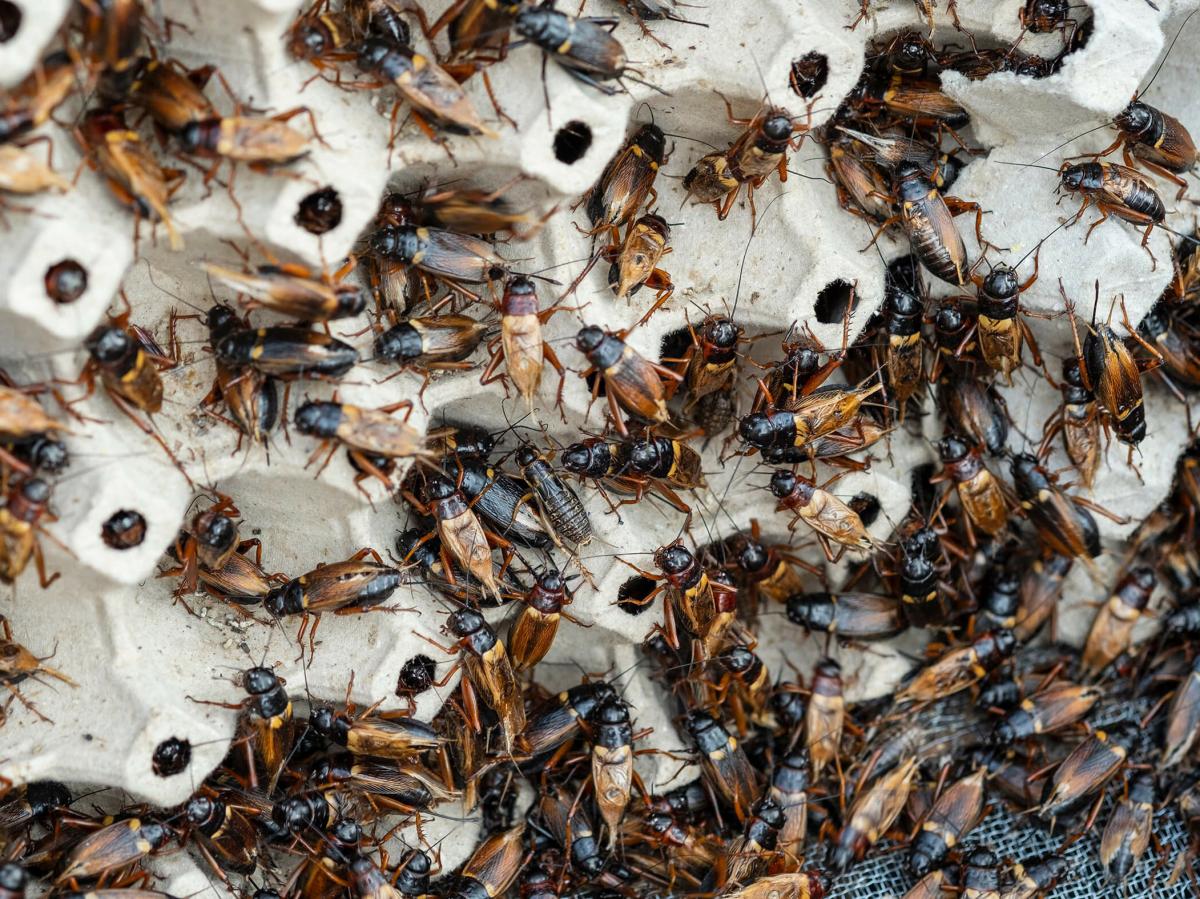
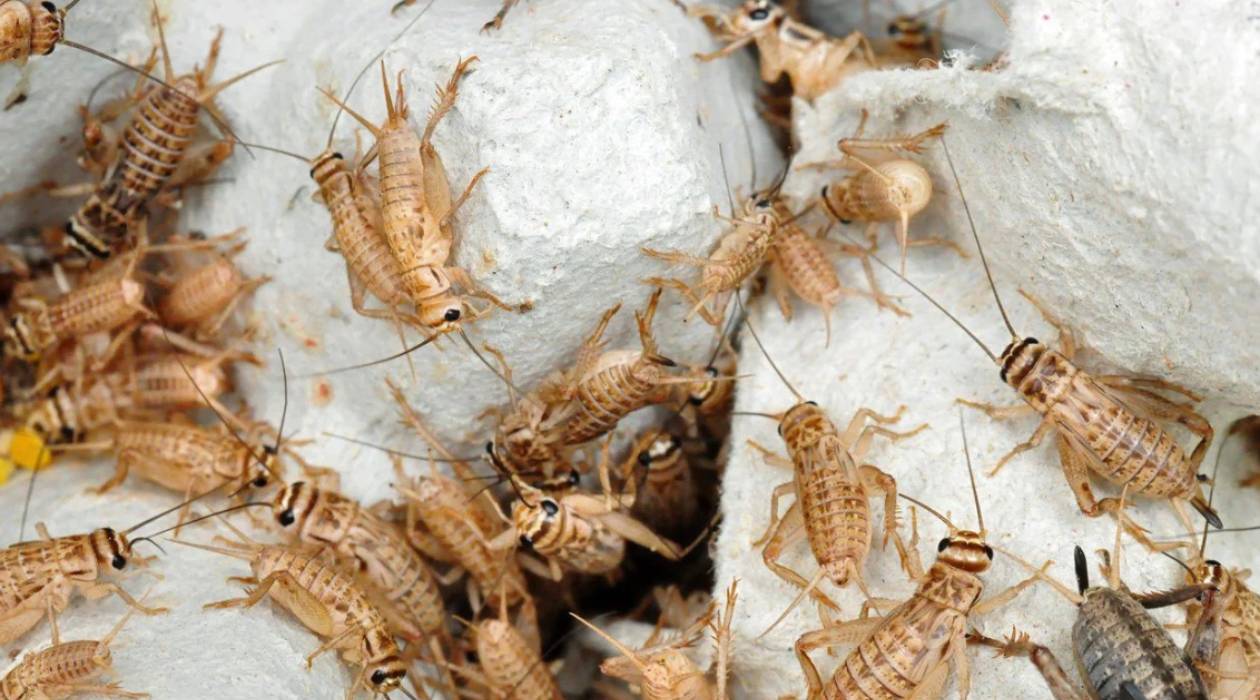
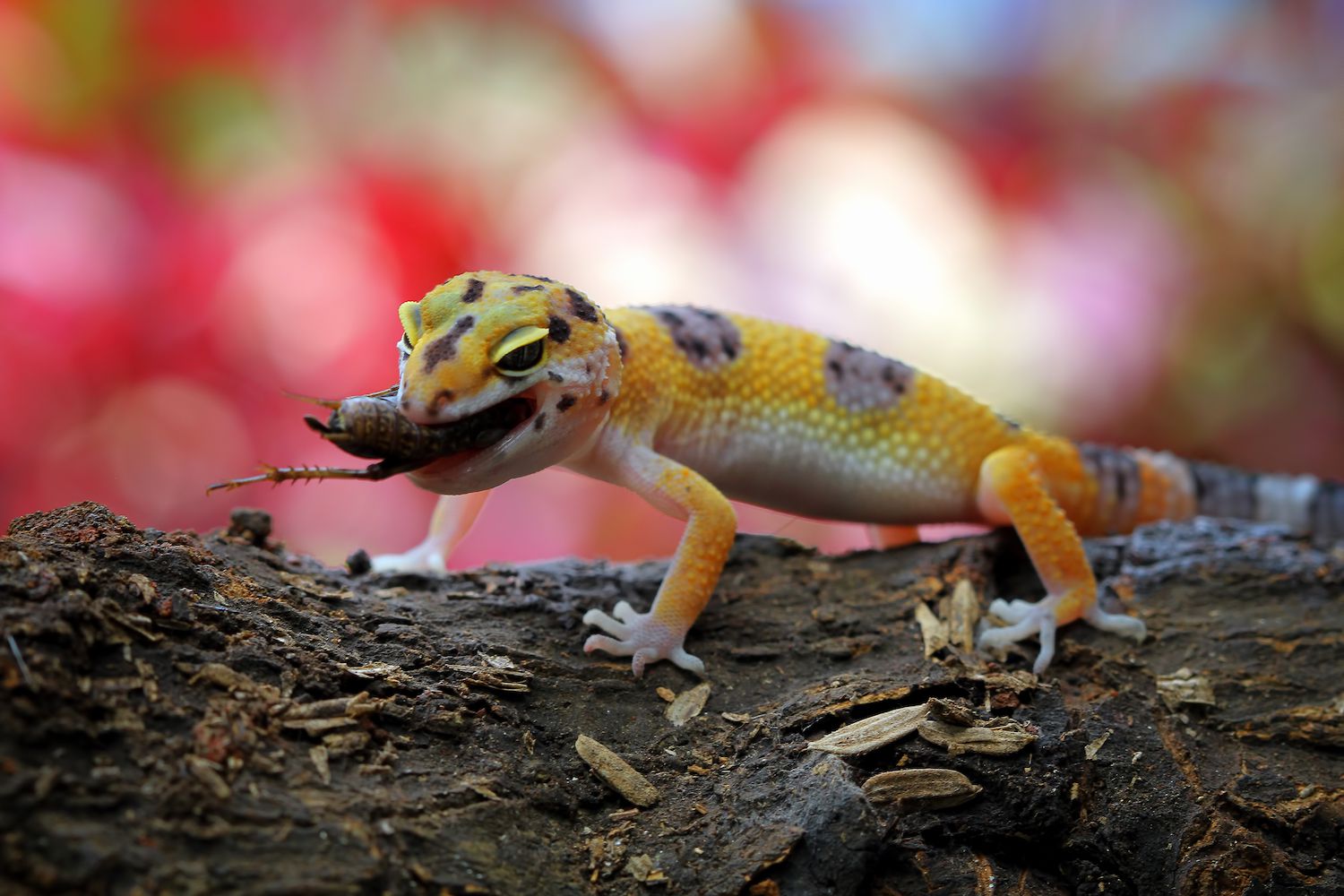
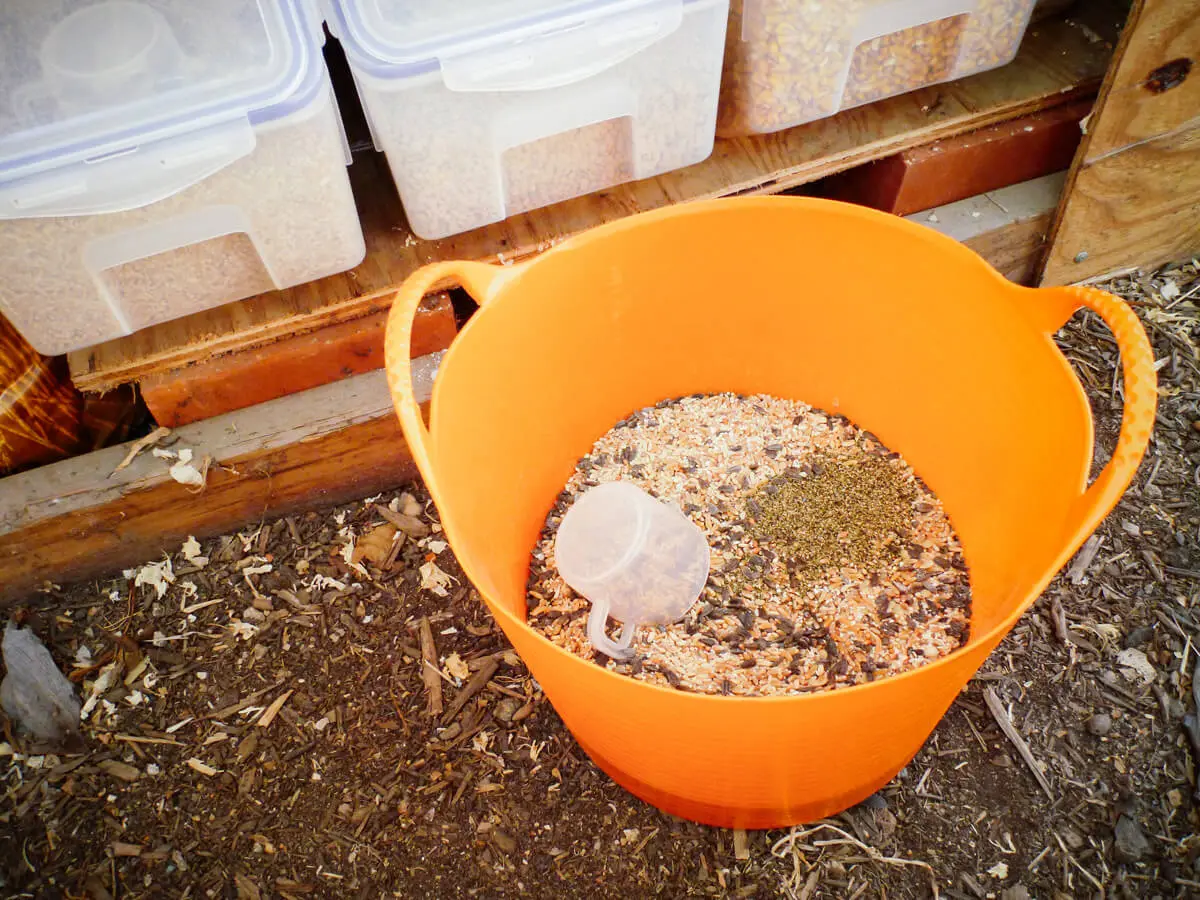
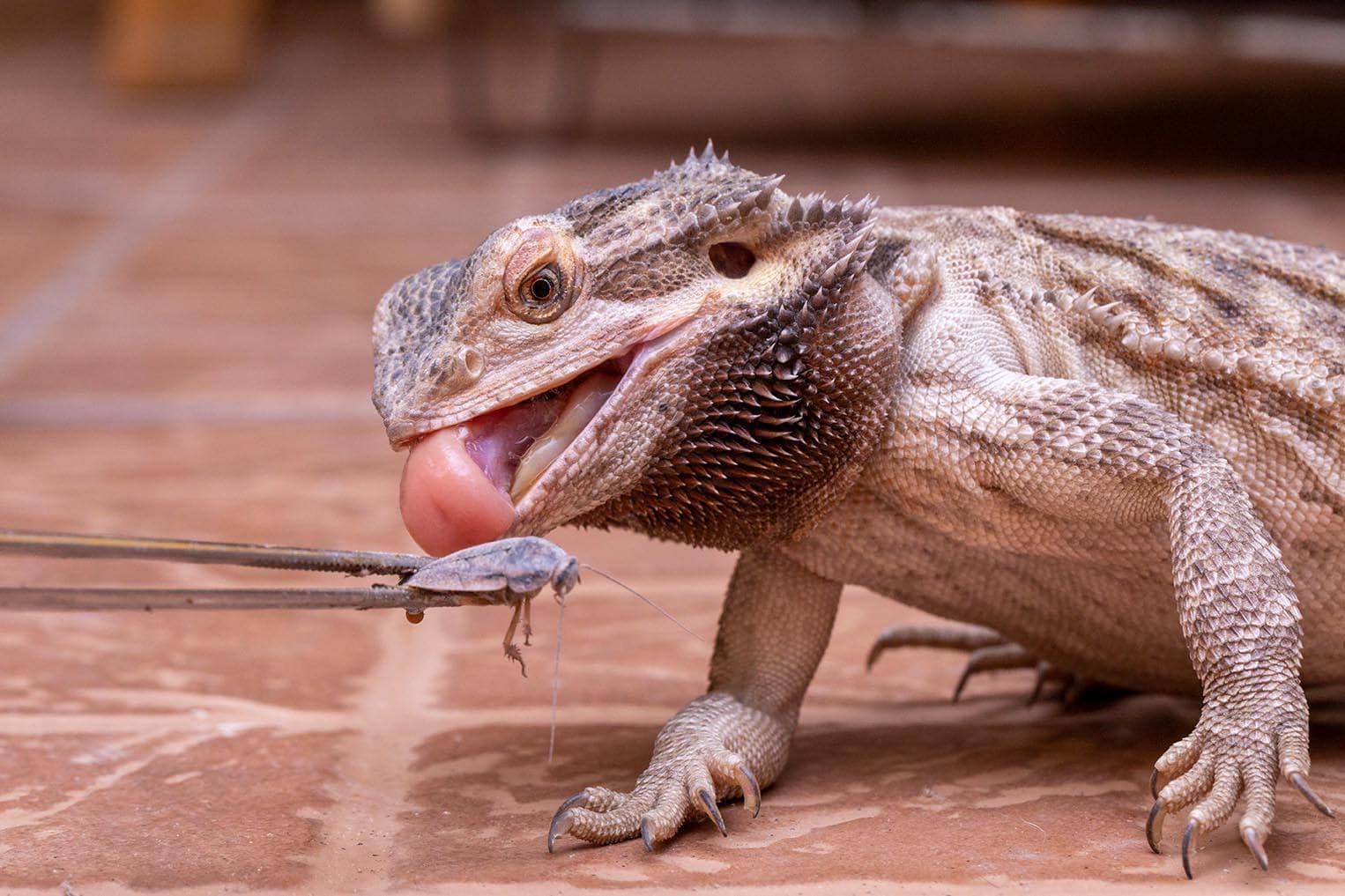
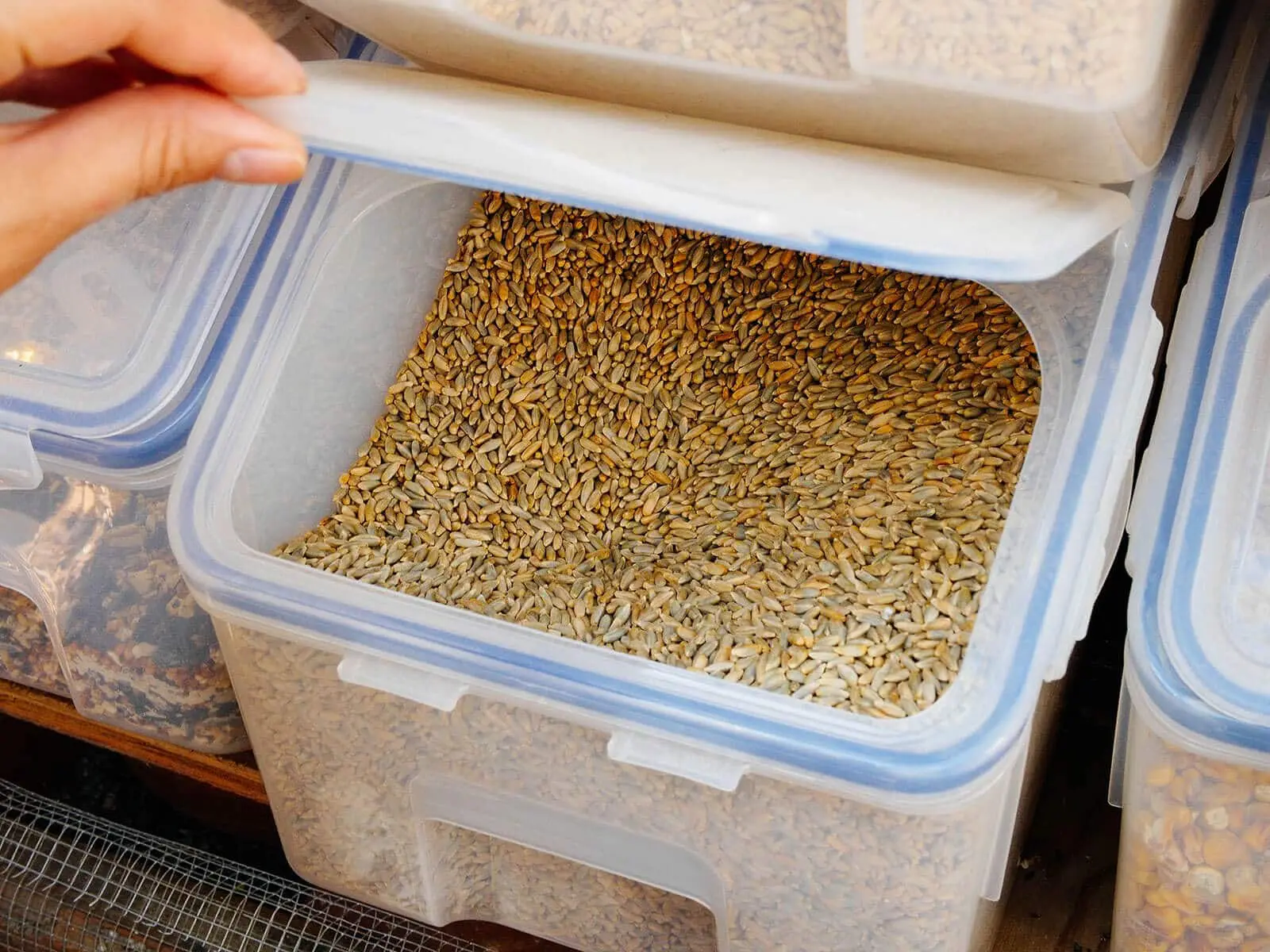
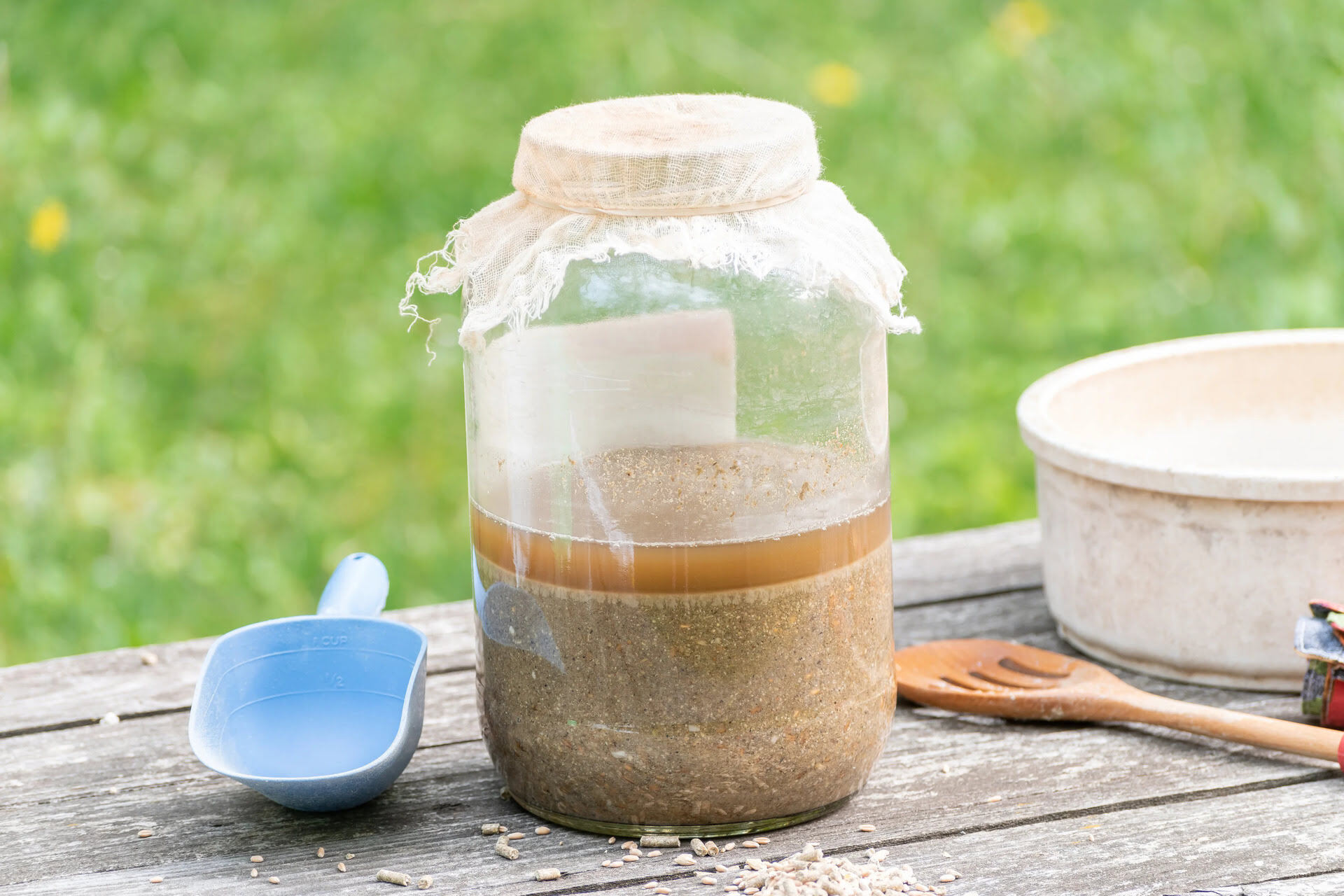
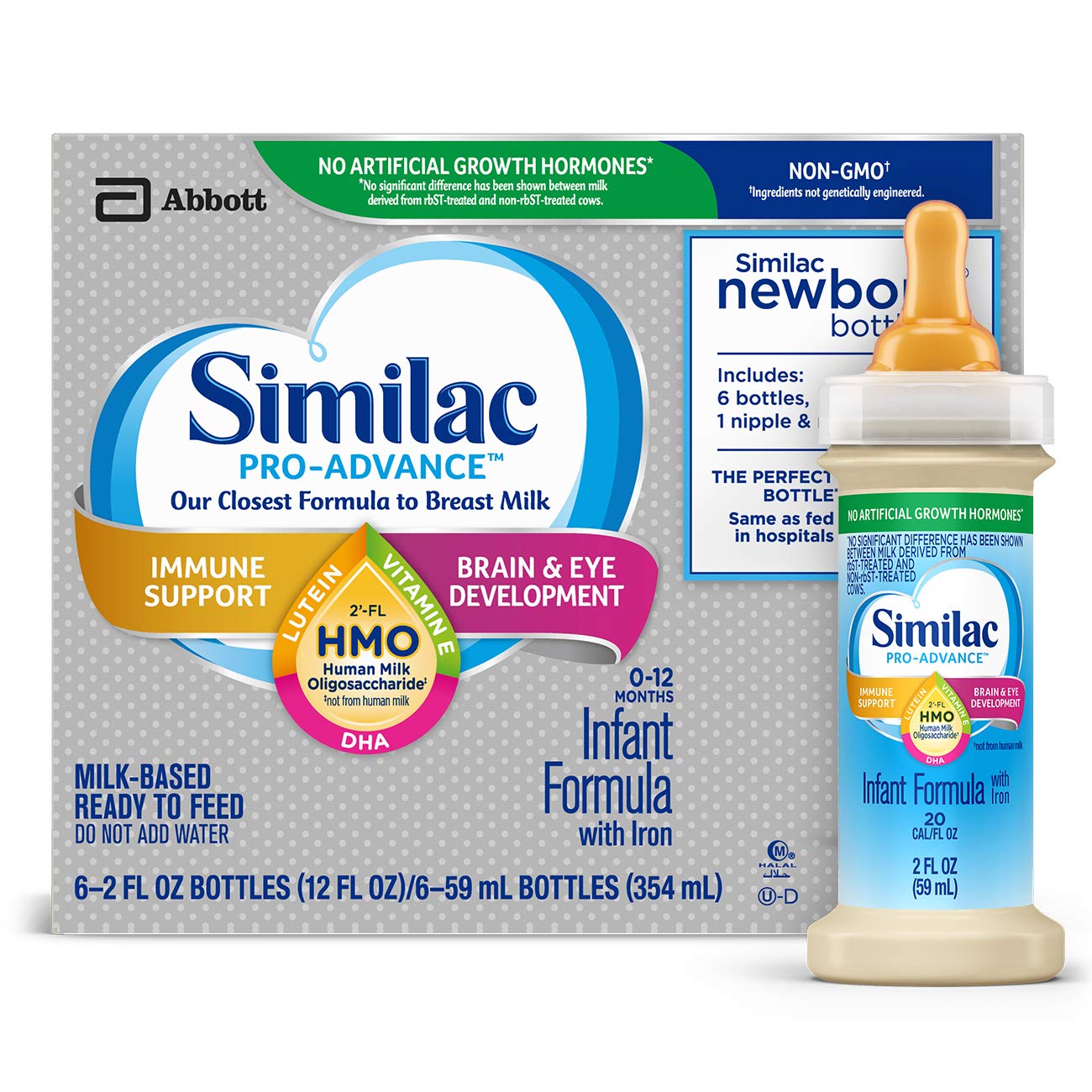
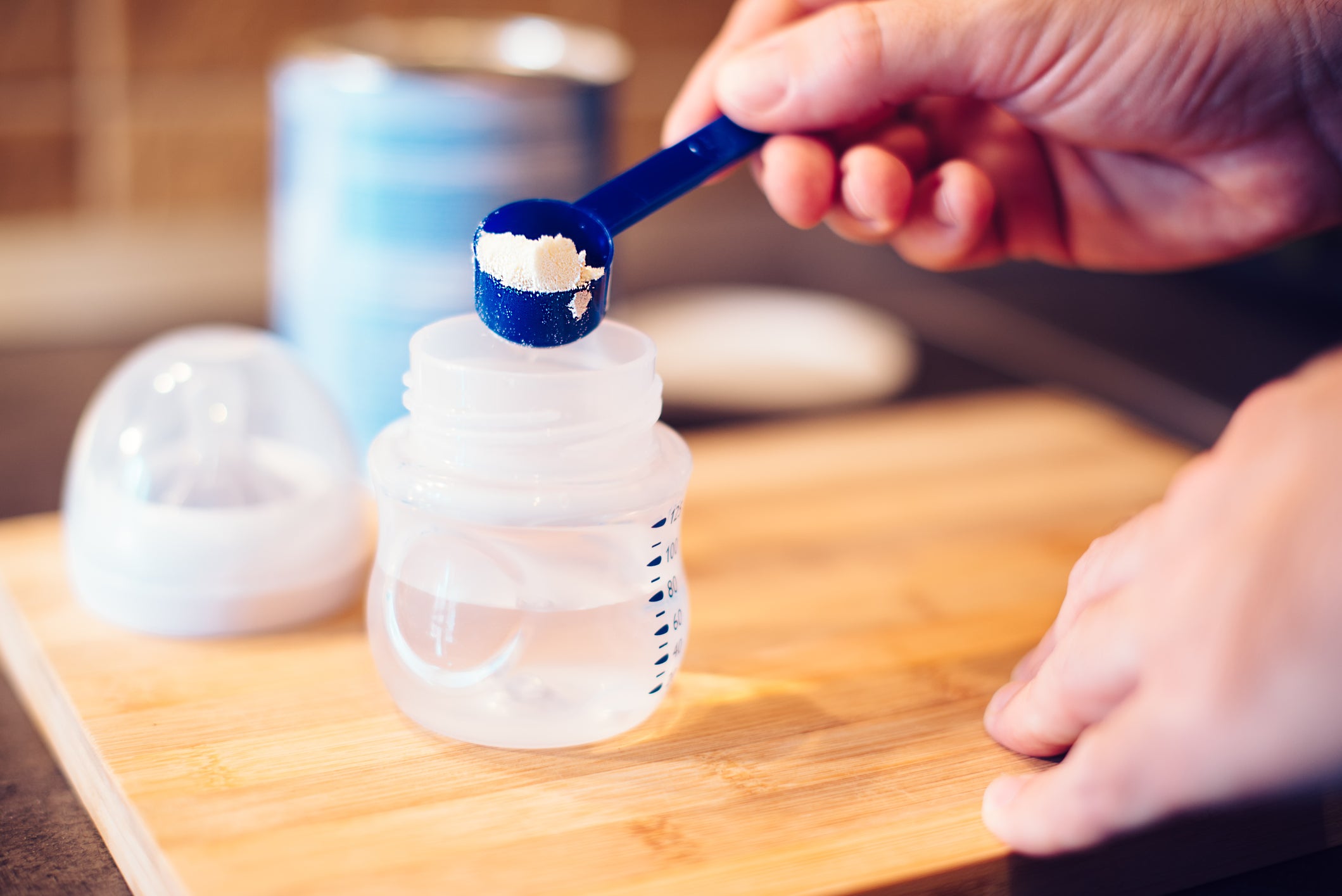
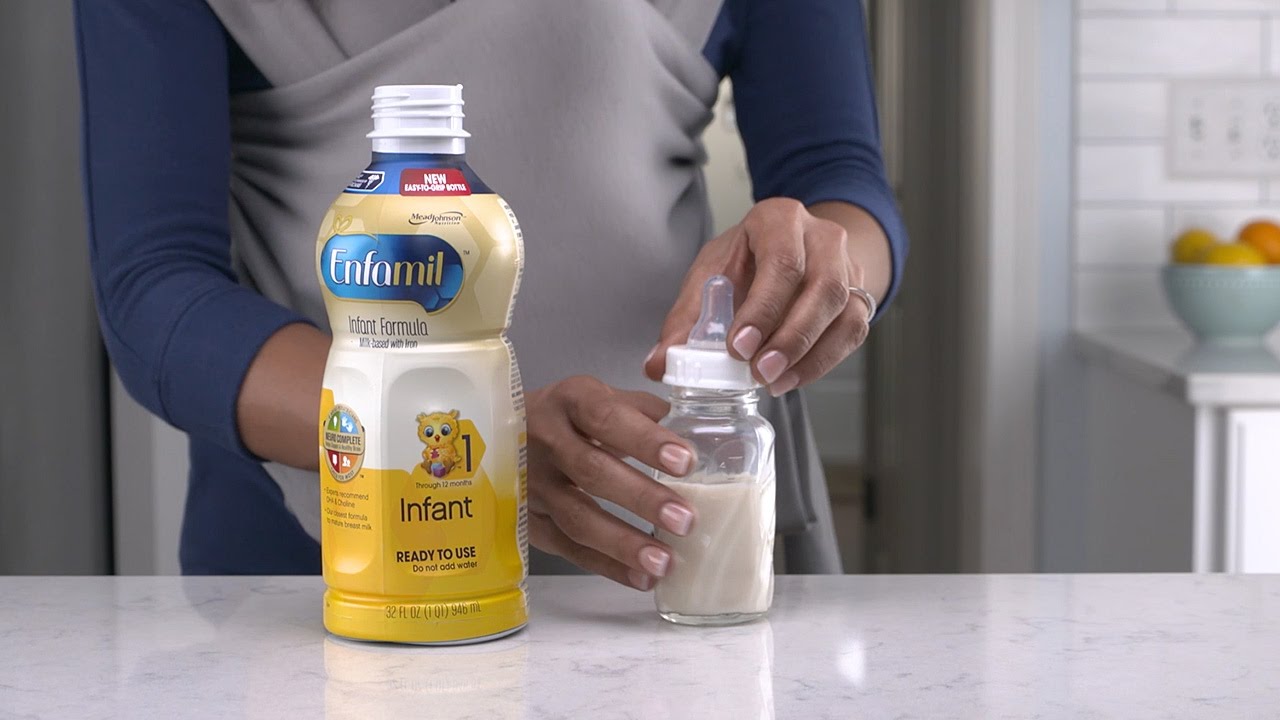
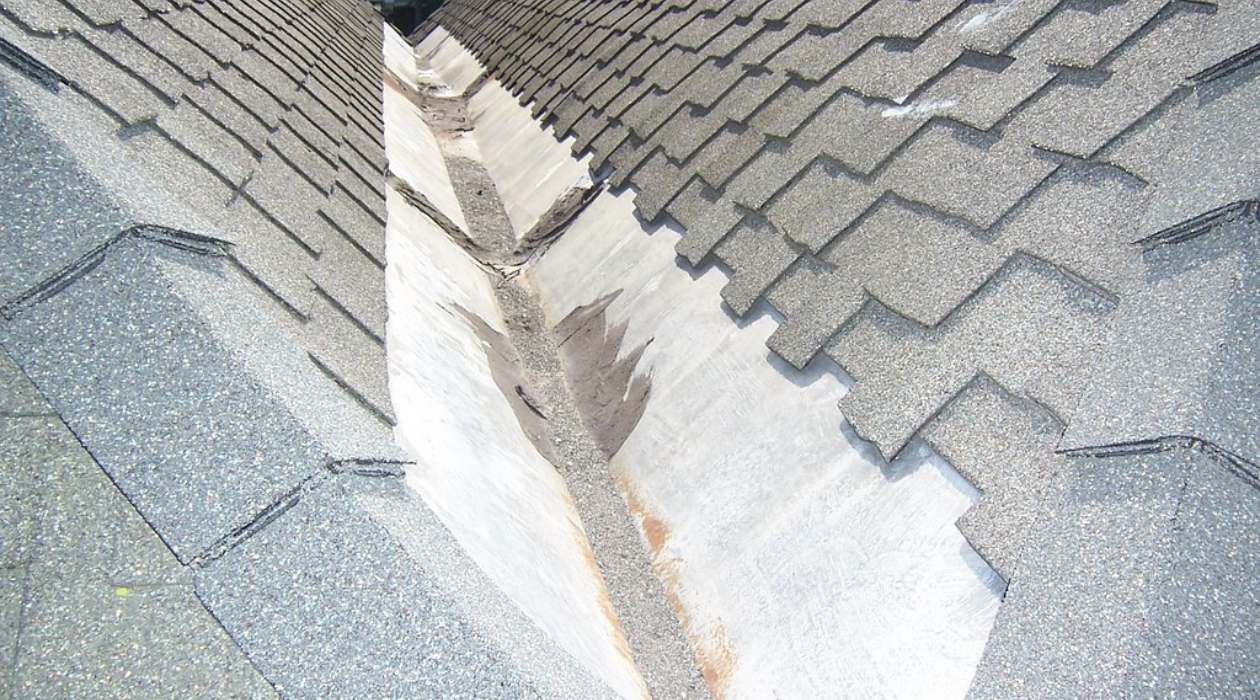
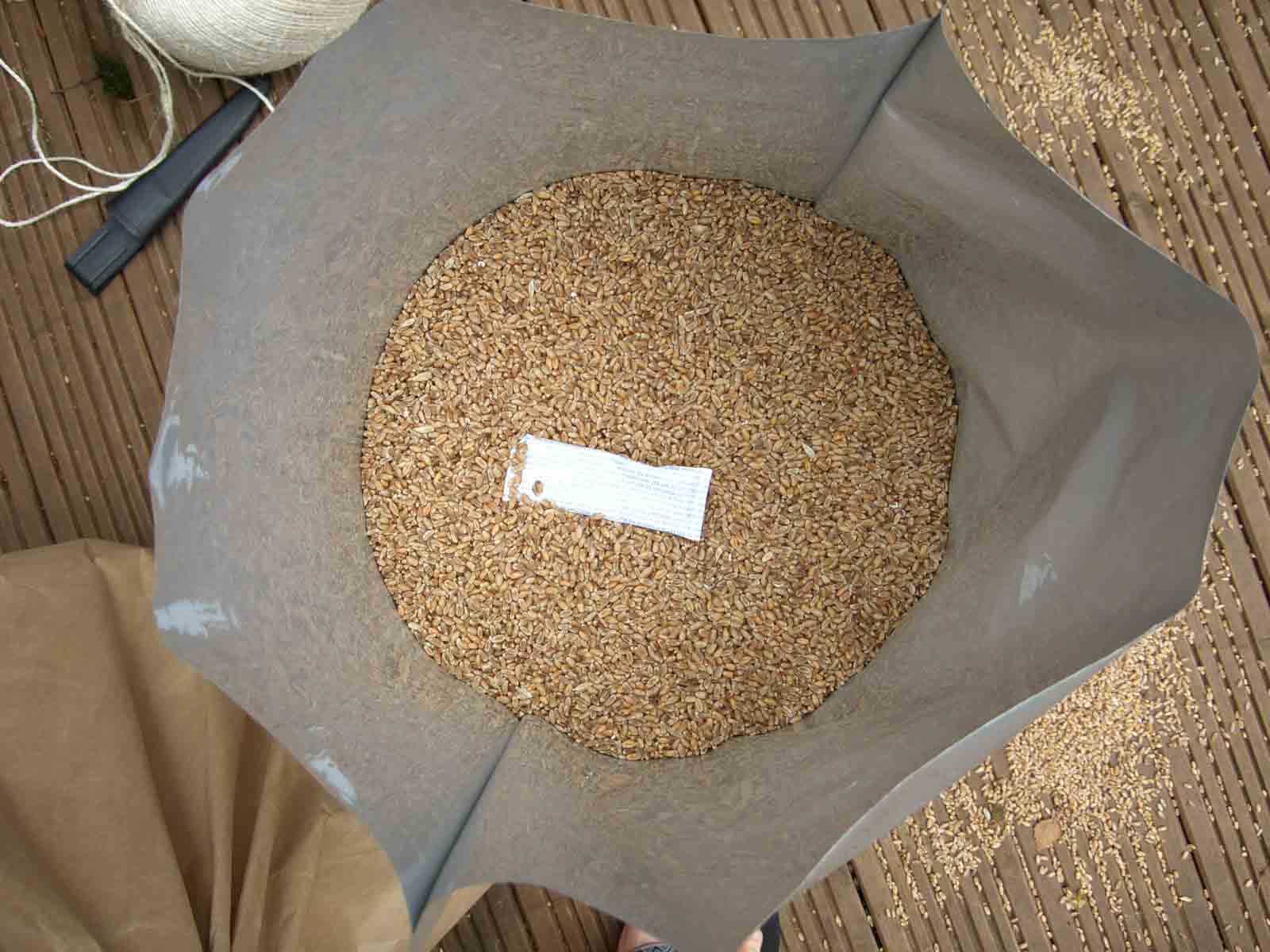
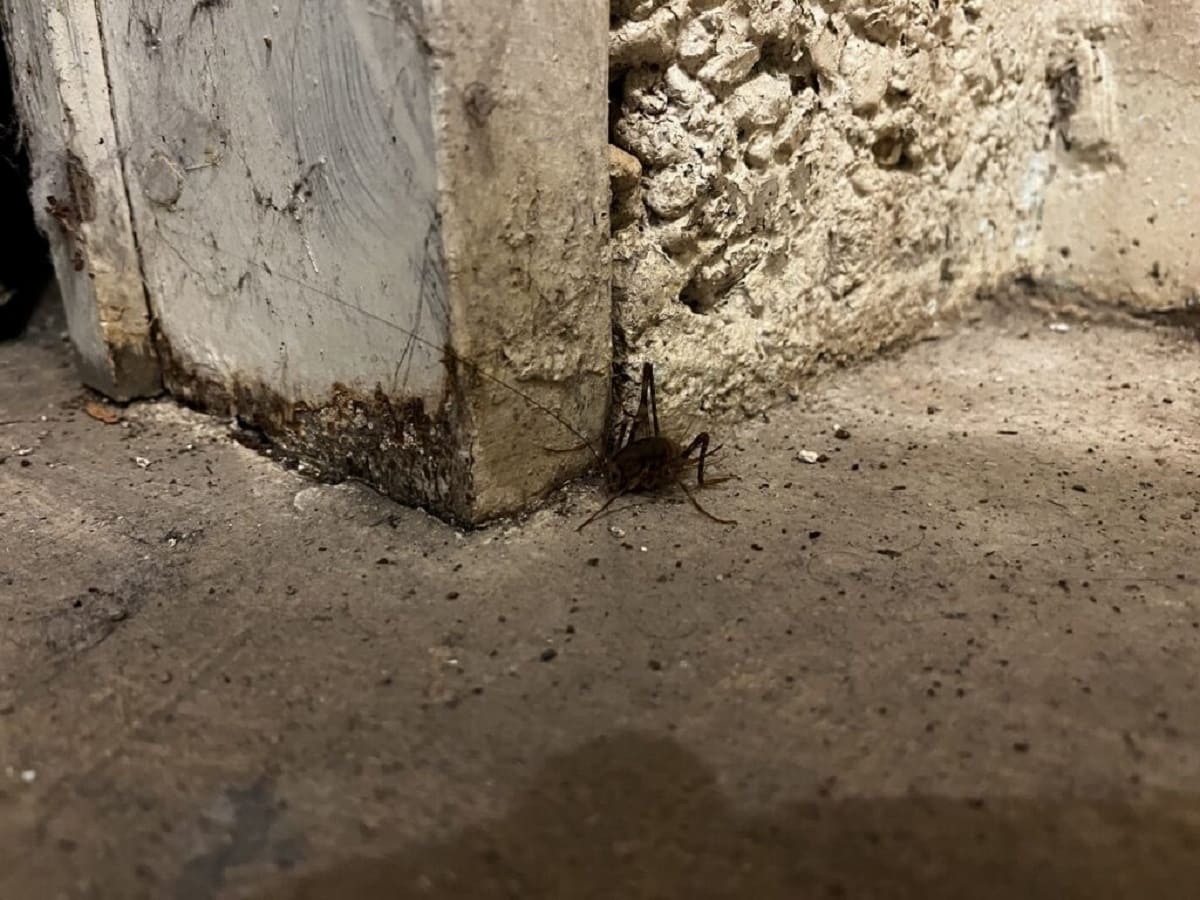
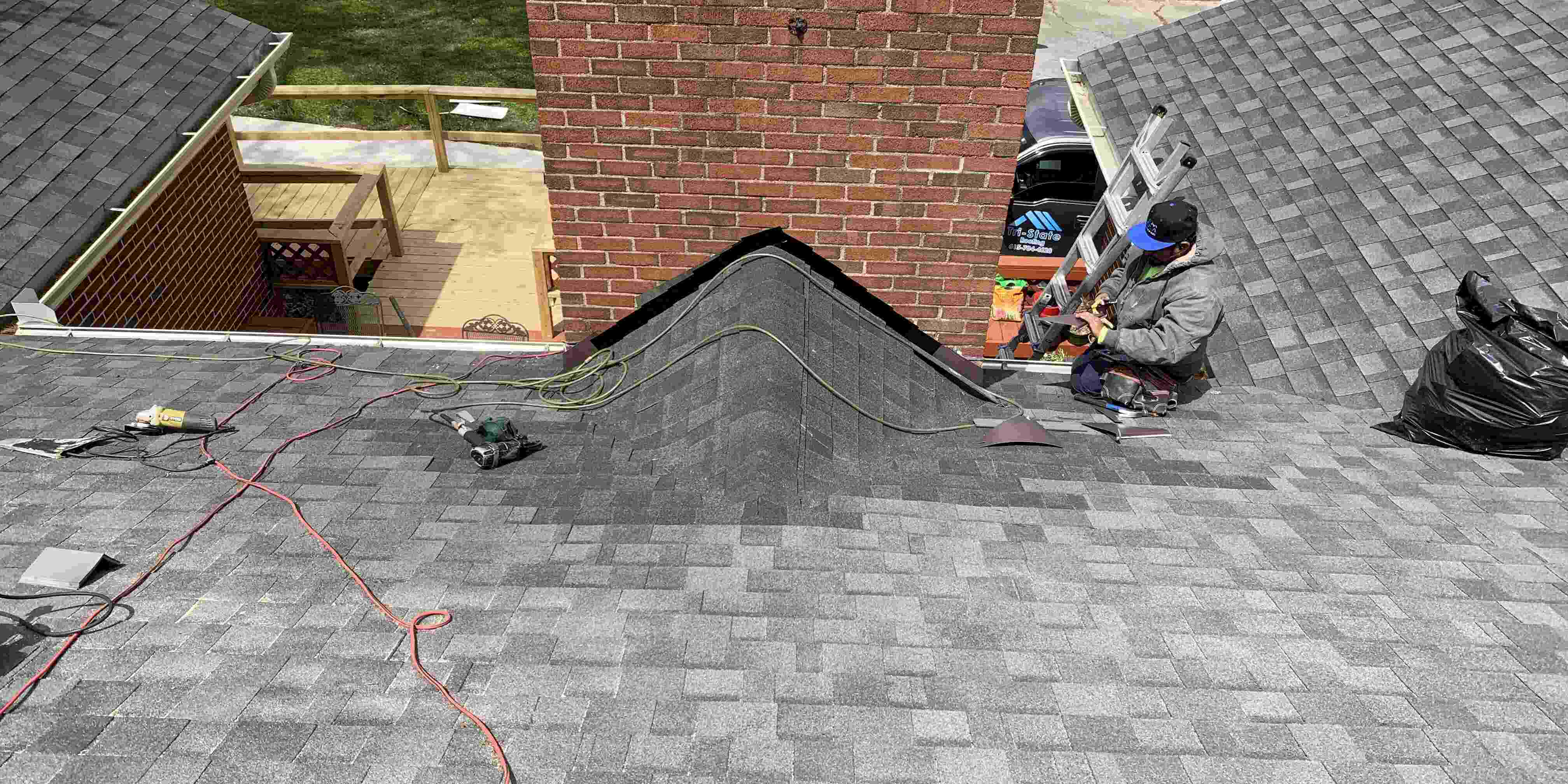

0 thoughts on “How To Store Crickets For Feeding”